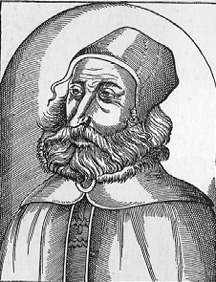Galen
| Claudius Galenus | |
|---|---|
 | |
| Born | September 129 Pergamon, Roman Empire |
| Died | 216 |
| Nationality | Greek |
| Occupation | Physician |
| Known for | Father of Anatomy and Neurology |
Galen of Pergamum, (born 129 circa, Pergamum, Roman Empire—died c. 216), Greco-Roman physician, writer, and philosopher who exercised a dominant influence on medical theory and practice in Europe from the Middle Ages until the mid-17th century. His authority in the Byzantine world and the Muslim Middle East was similarly long-lived.
To the field of psychiatry he is of note for a number of pivotal reasons. First and foremost, his somatic theory, that the human body has four individual bodily fluids, blood, yellow bile, black bile, and phlegm, would remain in medical practice for one and a half millennia. Galen promoted this theory and the typology of human temperaments, claims that imbalance is the root of pathology. An imbalance of each humor corresponded with a particular human temperament- blood—sanguine, black bile—melancholic, yellow bile—choleric, and phlegm—phlegmatic. Individuals with sanguine temperaments are extroverted and social. Choleric people have energy, passion and charisma. Melancholics are creative, kind and considerate. Phlegmatic temperaments are characterized by dependability, kindness, and affection. This may be seen as the pre-scientific origins of the modern psychiatry's view on individual persona, as well as the DSM category of personality disorders.
While Galen did not invent the practice of bloodletting patients, he certainly popularized it as a common medical dogma for centuries following. Much of his work was preserved via his various scribes. The corpus of his work makes up half of modern academia's collection of ancient Greek texts. The greater body of his work is still considered the first active attempts at medical research, and is held as the a significant watermark in the advancement towards modern medicine.
Galen also wrote a treatise on the interpretation of dreams and its association to psychiatric diagnosis. This claim would take place seventeen centuries before it was reintroduced to professional medicine as psychoanalysis through Dr. Sigmund Freud.